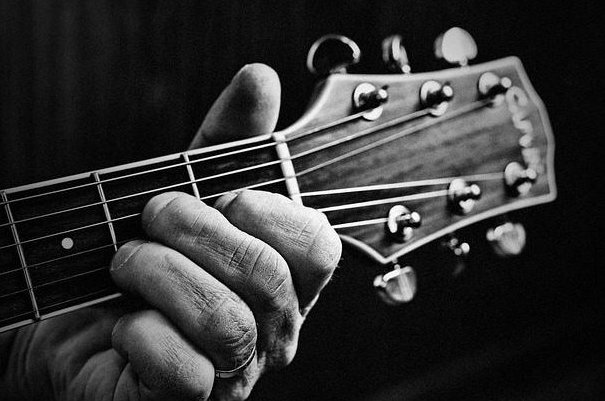In the world of music theory, chords play a fundamental role in creating harmonies and adding depth to compositions. Among the various types of chords, two commonly encountered ones are diminished chords and 7th chords. While they may share some similarities, there are distinct differences between the two. This article aims to explore and explain the dissimilarities, shedding light on their unique characteristics and applications.
Music enthusiasts often encounter different types of chords, each contributing to the overall mood and emotion of a composition. Diminished chords and 7th chords are two distinct types, each with its own unique characteristics. By understanding the differences between them, musicians can expand their musical vocabulary and create richer harmonic progressions.

Table of Contents
Understanding Diminished Chords
Definition of a Diminished Chord
A diminished chord consists of three distinct notes: the root, a minor third above the root, and a diminished fifth above the root. For example, in the key of C, a C diminished chord is formed by combining the notes C, Eb, and Gb.
Construction of a Diminished Chord
To construct a diminished chord, you take a major chord and lower the fifth by a half step. This alteration gives the chord its characteristic diminished quality. For instance, if we take a C major chord (C, E, G) and lower the G to Gb, we have a C diminished guitar chord (C, Eb, Gb).
Notation and Symbolism
Diminished chords are typically notated with a small “o” or a degree symbol (°) following the chord root. For example, C diminished can be notated as C° or Co.
Characteristics of Diminished Chords
Diminished chords are known for their dissonant and tense sound. Due to the equal interval structure between their notes, diminished chords lack a clear tonal center, creating ambiguity and tension. They are commonly used to transition between different chords, adding chromatic movement and creating suspenseful moments in music.
Exploring 7th Chords
Definition of a 7th Chord
A 7th chord consists of four distinct notes: the root, a major third above the root, a perfect fifth above the root, and a minor seventh above the root. Using the key of C as an example, a C7 chord is formed by combining the notes C, E, G, and Bb.
Construction of a 7th Chord
To construct a 7th chord, you start with a major chord and add a minor seventh interval above the root. Taking a C major chord (C, E, G) and adding a Bb on top, we get a C7 chord (C, E, G, Bb).
Different Types of 7th Chords
7th chords come in various forms, including major 7th, dominant 7th, minor 7th, and half-diminished 7th chords. Each type has its unique sound and harmonic function. The dominant 7th chord, for example, is commonly used to create tension and resolve to a tonic chord.
Notation and Symbolism
7th chords are often notated using the number 7 or a triangle symbol (∆) to indicate major 7th chords. For instance, C7 represents a dominant 7th chord, while C∆ denotes a major 7th chord.
Characteristics of 7th Chords
7th chords are known for their rich and full sound. The addition of the seventh note introduces extra color and complexity to the chord. They are widely used in various genres, including jazz, blues, and pop, to create harmonic interest and add depth to chord progressions.
Contrasting Diminished and 7th Chords
Interval Structure
Diminished chords consist of minor third intervals stacked on top of each other, creating a symmetrical structure. On the other hand, 7th chords combine major and minor thirds, resulting in an asymmetrical structure. This difference in interval construction contributes to the unique characteristics and tonal qualities of each chord type.
Tonal Centers
While 7th chords often have a clear tonal center, diminished chords lack a definitive tonal center due to their symmetrical interval structure. 7th chords are frequently used to establish tonality and create a sense of resolution, whereas diminished chords tend to introduce tension and dissonance.
Function and Usage
Diminished chords are commonly used as passing chords or transitional chords in a musical progression. They add movement and tension, preparing the listener for the next chord. 7th chords, on the other hand, are often employed as dominant chords, providing a sense of tension and leading to a resolution.
Conclusion
In conclusion, understanding the difference between diminished chords and 7th chords is essential for musicians and composers. While diminished chords create tension and lack a clear tonal center, 7th chords add richness and color to harmonies while maintaining tonal clarity. By incorporating both chord types effectively, musicians can create captivating compositions and harmonically engaging music.










